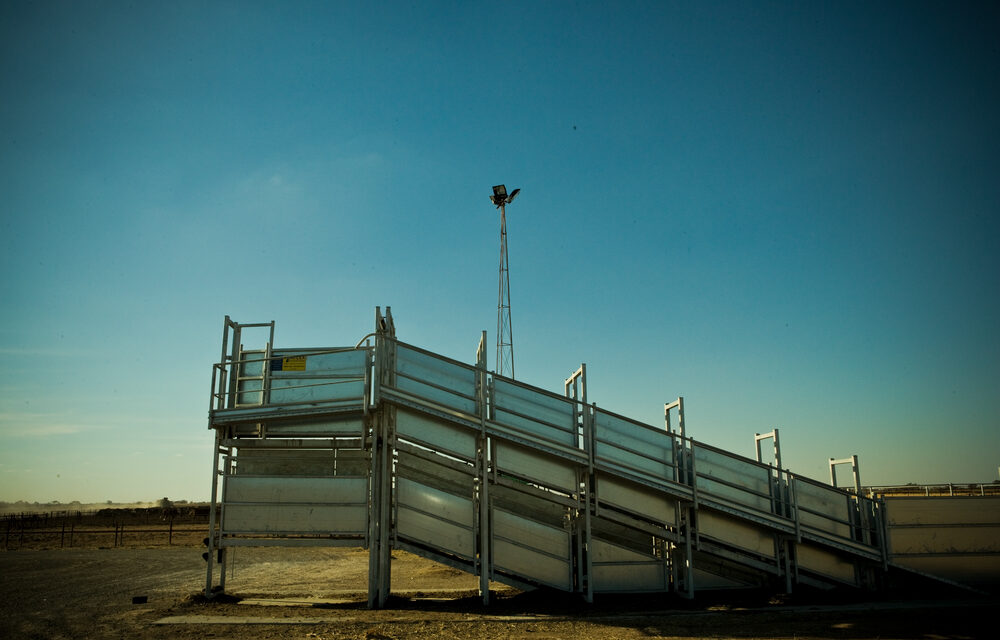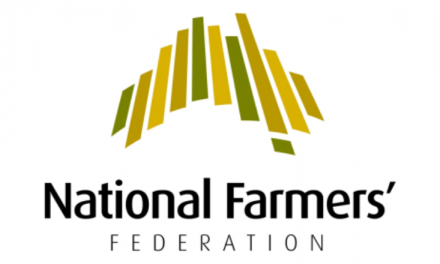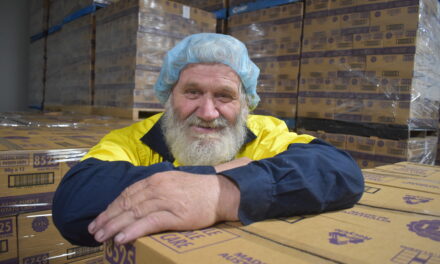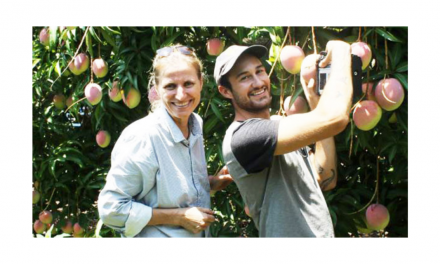Agriculture Victoria senior veterinary officer Jeff Cave said if you are in doubt about an animal’s suitability for transport, you can always ask your private veterinarian or any Agriculture Victoria animal health officer or veterinary officer if livestock are fit to load.
A guideline titled Is the animal fit to load? has been produced by Meat & Livestock Australia, which can be viewed electronically on MLA’s website.
In summary, an animal is not fit to load if it:
– Is not able to walk normally or bear weight on all its legs. This may be due to a recent or old fracture, an injury, a deformity or an infection.
– Is not strong enough to make the journey.
– Is suffering from severe distress or injury.
– Is in a condition that could cause it increased pain or distress during transport.
– Is blind in both eyes.
– Is in late pregnancy.
Dr Cave said if you identify an animal that is unfit to load you have a few options.
“You could treat the animal and transport it when it has recovered and is fit to load. Naturally, this is not an option in cases that are not readily treatable,” he said.
“Alternatively, you could humanely destroy the animal. A knackery service is available in many areas to help with this option.
“Finally, you could consult a veterinarian and only transport the animal under veterinary advice.”
Dr Cave said it was important to remember the person in charge of the animal is responsible for its welfare.
“Community values and expectations will not accept anything less. If it is unfit to load it is unfit to be presented at a saleyards.”
Find the Land transport of livestock standards and guidelines and more information at: https://go.vic.gov.au/45RZ6uQ
Are your animals fit to load?








